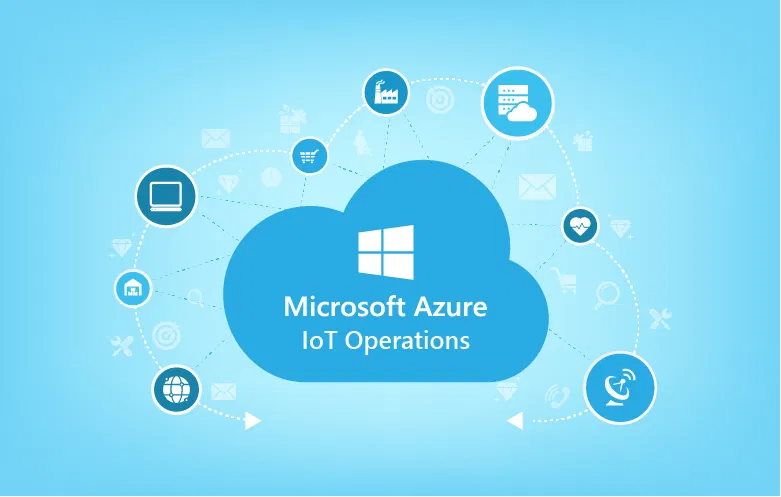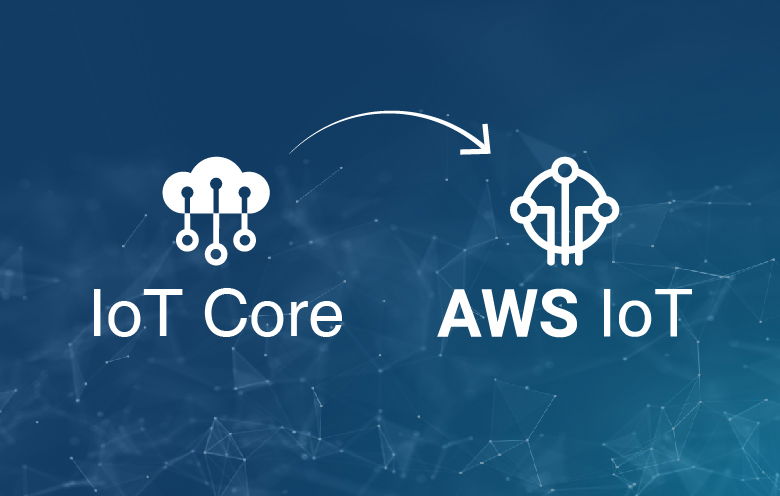Food is the essence of life and farming is the oldest industry in the history of this world. Farming is also important to ecology as plantations contribute to numerous factors which include a better environment.
Over thousands of years, we have grown numerous types of fruits and vegetables which are imperative for nutrition and sustenance. Despite the burgeoning nature of the agricultural industry, it faces multiple problems.
What happens when fresh produce goes bad? How many resources go into the growing of a fruit or vegetable? The documented quantities of fresh produce grown every year is astronomical. But the wastage resulting from various factors is massive. Hence, a smart food monitoring solution is the need of the hour.
“According to the NRDC, supermarkets throw away 43 billion pounds of food every year. Another study by The Food Trust indicates that up to 50 % of produce is thrown out while still edible.”
The implications of food wastage go beyond the most obvious fact that when food gets wasted, someone does not get fed. The amount of work and resources that go into growing each produce is tremendous. Land, soil, seeds, fertilizers and most importantly water collectively get wasted. Not to forget the efforts of farmers and others involved.
“As if this wasn’t enough, another alarming estimate according to the Food and Agriculture Organization of the United Nations is that this year, 36 million people will die of hunger.”
Of course, there are numerous factors that contribute to this estimate, but food wastage is certainly one of the big ones, which is what we want to address.
Is there a solution to this problem?
We have always looked towards technology to solve our problems and the agricultural-retail sector is no exception. There are numerous examples of how tech is transforming major areas of this ever-important industry. This is the era of smart-everything, primarily due to the extent to which transformative technologies like IoT and AI have reached. Smartphones are now pretty much taken for granted and we are in the process of connecting everything. Sensors now have the capability to send and receive data, whether to the cloud or to the edge, which is basically fodder for AI and its subsets like machine learning, deep learning and computer vision.
The answer – Smart food monitoring
The /IOTCONNECTNXT Hackathon 2019 at Softweb Solutions has been the perfect opportunity for our team to build a solution that counters some these issues. We picked this use case because there isn’t a single-point solution to this humungous problem. The five-day event allowed us to ideate and approach this with full gusto. We decided to start with fresh produce sold at supermarkets as they are one of the primary retail touchpoints from where customers buy.
We have created a conceptual smart shelf which measures the weight of fruits and vegetables along with the capability to capture images at defined intervals. For this, we have created an image recognition algorithm based on machine learning, which will identify the state of the fruit or vegetable from raw, ripe, or rotten. As mentioned earlier, fruits and vegetables are also severely mishandled and when they are moved from the inventory to the shelf, resulting in the chances of them not being picked by the customers. Thus, the combination of IoT and ML allows us to measure the freshness of the produce.
Using /IOTCONNECT platform, we have set up the solution which carries out device to cloud and cloud to device communication. The platform allows us to create entities with a parent-child architecture, emulating a retail store hierarchy to manage the IoT-based solution. For certain conditions, we have set up rules that trigger alerts in the form of buzzers and bulbs, while all the data is accessible in Salesforce.
Our primary goal was to create an environment where every member from the team had clarity about the progress we were making. To meet this, we decided to go with DevOps methodology.
The possibilities of our smart food monitoring solution are endless, something that we are eager to develop in our future phases. For now, we will be concentrating on improving the accuracy of the AI model and correlating those results with weight loss, temperature and humidity changes to gain a deeper perspective on the shelf life of fruits and vegetables.



